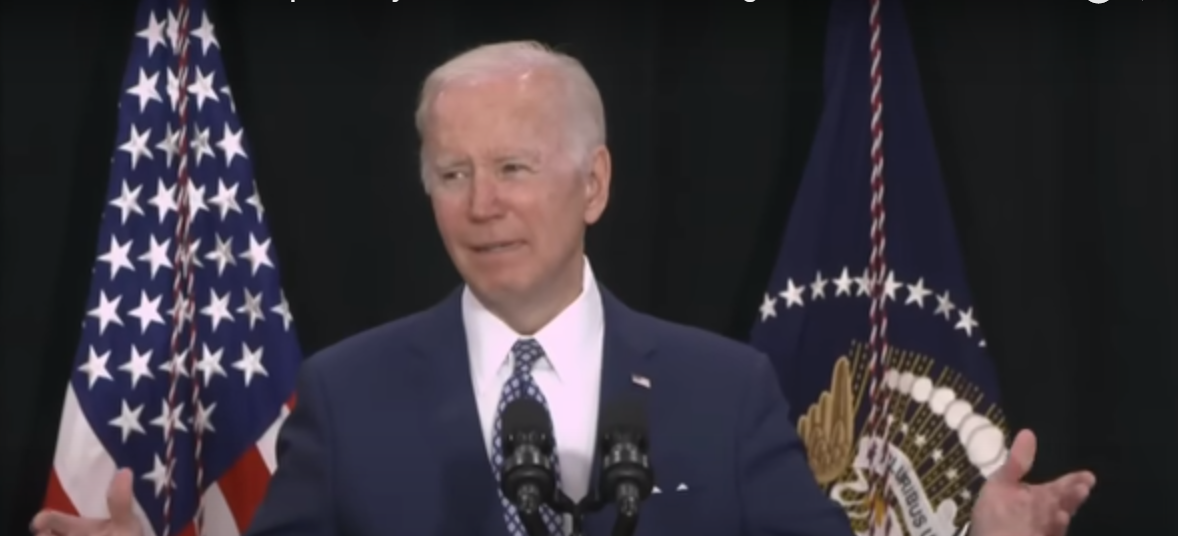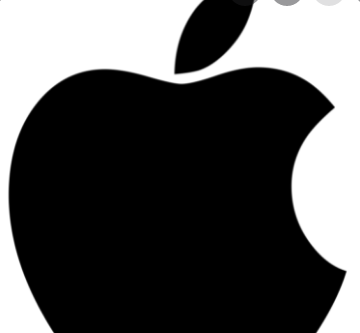If you have already heard this, please stop us: Many people believe that the economy may enter a recession.
It is all over: According to a Wall Street Journal survey of economists, the likelihood of a recession in 2023 is 61%. Even Alan Greenspan, a former Chairman of the Federal Reserve who is now 96 years old, has spoken out, declaring that a recession is “the most likely outcome” given the current economic trend.
What is that trajectory? Let’s look back. Throughout 2022, consumers’ finances were crippled by rampant inflation, which was being combated by the Federal Reserve. The approach taken by the central bank was to initiate a series of interest rate increases with the intention of slowing the economy and lowering inflation.
The Fed has indicated that it tends to taper off rate increases as inflation has begun to slow. However, a lot of economists think that the Fed’s aggressive policy has led to a wider economic slowdown, with higher mortgage rates hurting the housing industry and manufacturing activity showing signs of trouble.
Experts in investing say this means for your portfolio in the following way.
Markets may have priced in a brief, shallow recession. Economists aren’t the only ones who think about recession. The S&P 500 index has fallen 18% (and as low as 25% at one point) from its all-time high in early 2022 because investors have been concerned about the state of the economy for months.
According to CFRA chief investment strategist Sam Stovall, both investors and economists anticipate a “fairly mild kind of recession” overall.
According to Baird Private Wealth Management investment strategy analyst Ross Mayfield, current economic data, such as robust consumer spending and a robust labor market, can support the case for a relatively mild and brief recession.
He states, “These are some of the things the Fed looks at that we haven’t seen before heading into a downturn.”
In the event that that scenario of a recession comes to pass, stock prices will not experience a significant rise or fall anytime soon. Instead, when the Fed shifts its stance on interest rates—which could occur after a recession has already begun—look for stocks to resume their upward trend.
Mayfield asserts, “The market will likely take and run with that the moment the Fed says they’ll pivot their policy.”
If we experience a traditional recession that isn’t so brief and isn’t as mild, investors may feel some pain. However, we could be in for even more pain.
Liz Young, the head of investment strategy at SoFi, asserts, “I don’t think a recession has been priced into stocks.” She asserts that the market would need to fall at least 30% from its most recent highs to demonstrate that investors are seriously considering a recession, given that the average stock market decline during a recession is 44%.
The S&P 500 would need to reach 3,357 to reach negative 30%. That number would indicate a further decrease of 16% from the levels that are currently in place.
Young asserts that shouldn’t stop you from investing right now. On the other hand, even if the market experiences some volatility, you would be wise to continue investing by contributing to a portfolio that is well-diversified.
If the stock market continues on its historical, long-term upward trajectory, you will benefit from doing so because you effectively buy more shares at a discount.
Young asserts, “It’s okay to catch a short-term drawdown of 10% so you can get 40% on the other side.” People think they have to find the exact bottom; however, it is acceptable to be closer to the bottom than the top.




